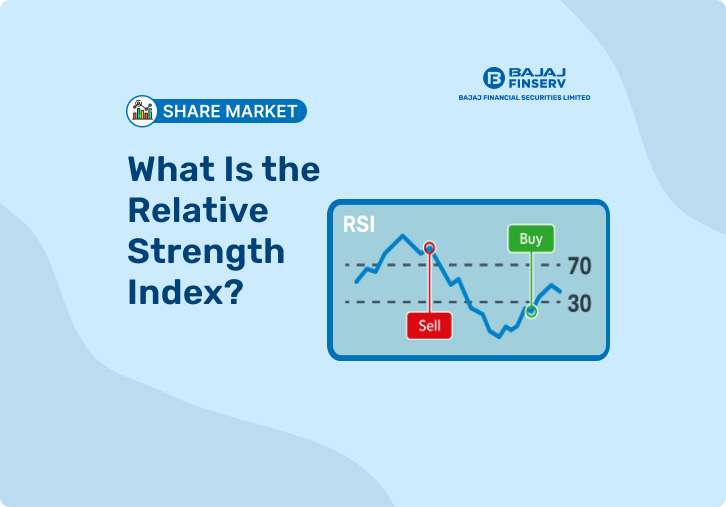

Remember, this figure does not include the waste cost or your profit margin. At an estimated cost of $1.00 for 4 servings of cole slaw, the per serving plate cost rises from $4.23 to $4.48. On the attached spreadsheet, you can see how the plate cost goes up for the cheeseburger and fries item when you include the side order of cole slaw. You need to account for all of those items before you arrive at a menu cost. For each plate, simply ask yourself what on the plate costs you money. This may sound confusing, but there’s an easy way to look at it.

MENU PRICING CALCULATOR PLUS
As a general rule, your plate cost is the recipe cost for the main dish plus any sides. Therefore, you have to add in the cost of one serving of cole slaw when you determine how much you spend on each order of cheeseburger and fries. For example, the cheeseburger and fries may come with a side order of cole slaw. Every food item that you place in front of customers costs you money, and should show up on your food cost calculations. Many food entrepreneurs calculate the plate cost in addition to the recipe costs. Using this method, the calculation would be plate cost, overhead cost, waste cost, and profit to determine menu price. That’s in order to decide on a menu price that takes everything into account and gives you enough profit margin. This may sound fine and dandy - but let’s look again at that “ingredient cost.” To make sure you have all of the information you need, the ideal calculation is to use the plate cost instead of the ingredient cost. Your waste cost is the percentage difference between your ideal food costs and actual food costs, which we discuss below. In order to arrive at a menu price, you can add up the ingredient cost, overhead cost, waste cost, and profit. Your recipe cost for the pasta dish will include the sub recipe cost for the sauce. For example, you may make a pasta dish with a homemade sauce. In some cases, you may also have a sub recipe. In the Sourcery example, the calculations look like this: Sourcery’s example uses the ingredient cost of four servings of cheeseburger and fries. Sometimes it is easier to calculate the recipe cost for multiple servings, then divide that cost by the number of servings. Your recipe cost is the cost of the ingredients for each serving of a dish. Your restaurant accounting will, in fact, include a few different calculations, all of which are important to your operations. Without doing these calculations, it is challenging to see what is reducing your profitability. You can see this figure by comparing your ideal food costs to your actual food costs. Tracking food costs lets you see how much money you lose due to waste or theft. You can eliminate the “dead weight” from your offerings by getting rid of dishes that sell only infrequently and cost more to produce than they are worth. You can identify dishes with higher margins and promote them. Tracking all food costs down to the cent gives you the agility to make decisions about your menu. Here’s all the math you need to do to stay on top of your food cost accounting.

That way, you have a heads up when you need to make adjustments. Services like Sourcery can help with tools like alerts about changes in vendor price costs. Insight into food costs helps ensure you reach maximum profitability. You can keep accurate track of inventory and manage the overall expenses of your foodservice operation.
-1.png)
You can anticipate precise costs per plate for new menu items and price each dish accordingly. A food cost calculator is an essential tool for you to manage your restaurant business.


 0 kommentar(er)
0 kommentar(er)
